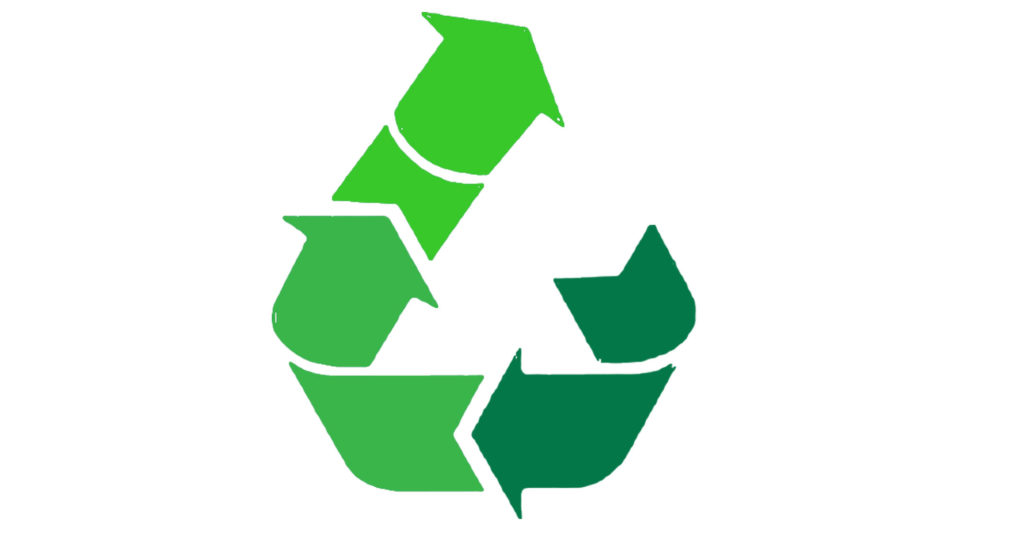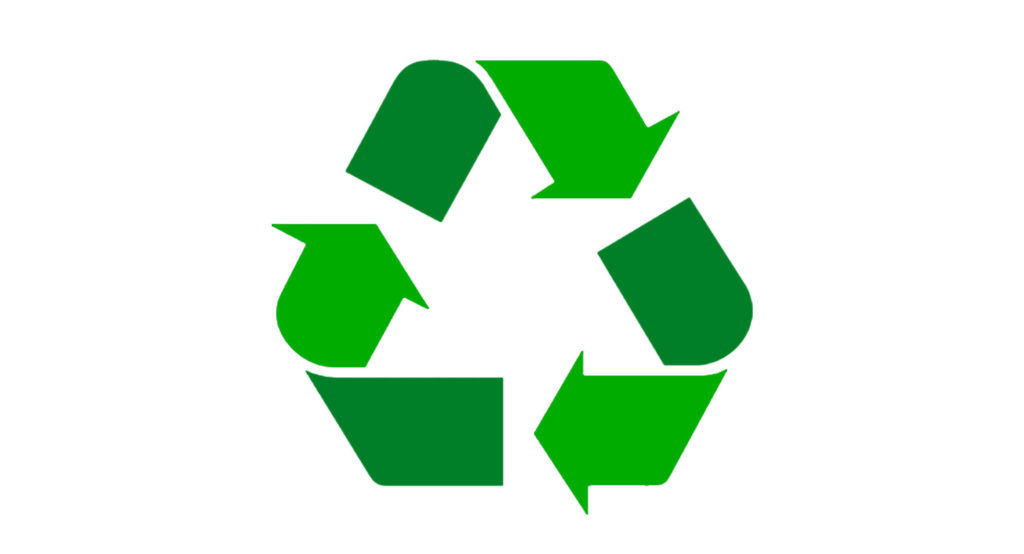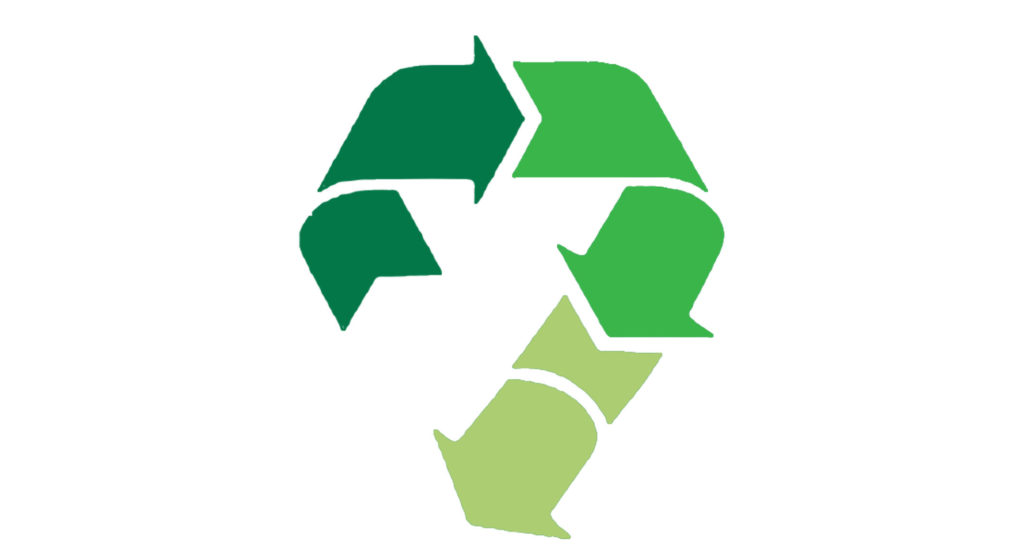ECO concept
Tetrapak
Tetrapak is a multilayer material manufactured since the 1950s mainly by the same name company. Commonly it has 6 layers (4 of polyethylene, 1 of cellulose and another of aluminium). This combination of materials makes it difficult to recycle.
So far we all agree. From here, it depends on who you ask.
If you ask the Tetra Pak company, their packaging is the eighth wonder. 100% recyclable, environmentally friendly, more efficient in transporting liquids than any other, and from renewable sources.
If you ask detractors, they’ll tell you it’s hell to recycle. That it promotes the culture of single-use packaging, that it is rarely fully recycled, and even when it is, it is impossible to get a new tetrapak from used tetrapak (Downcycling).
Of course I belong more to the second group. I’m surprised at how good this composite is to use as a raw material. It doesn’t deteriorate, it resists humidity, doesn’t stain, and it is hard. And every day, we throw thousands of them away (Ecoembes makes sure that we don’t feel so bad about it).
As I promised not to be boring in this section, I just want to add how I deal with collecting the material. At the beginning I thought that I would need agreements with many coffeeshops and places where they stock for me with tetrapak. The truth is that, at the moment, with my family and friends, I have more than enough. I clearly underestimated the consumption of these packages. Let this serve as a thank you to all the people who did not call me crazy, and make an effort to wash and store their tetrapaks so that they can give them to me in perfect condition.
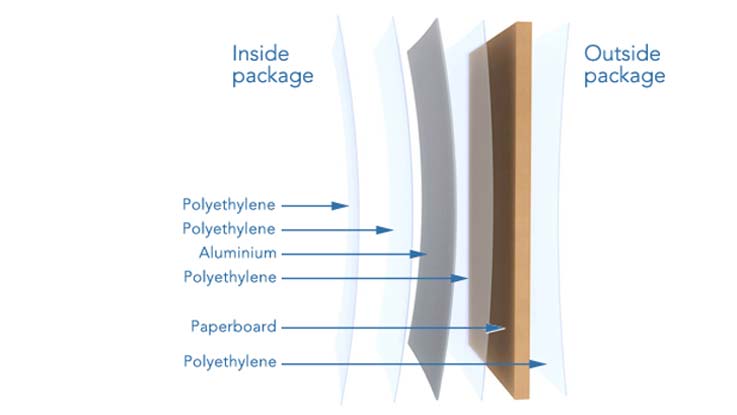

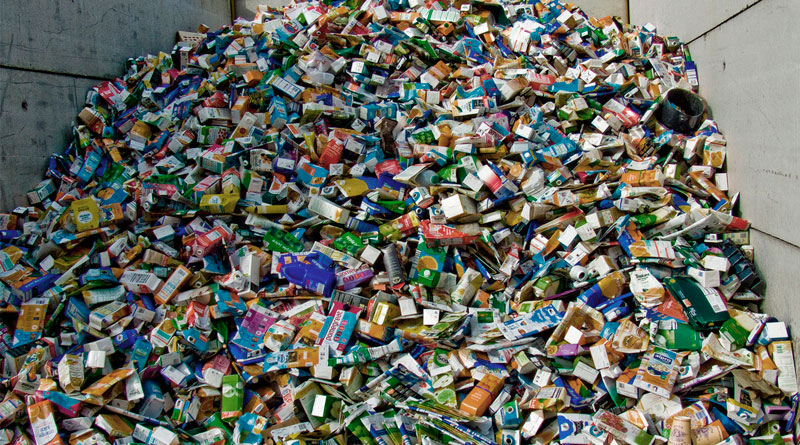
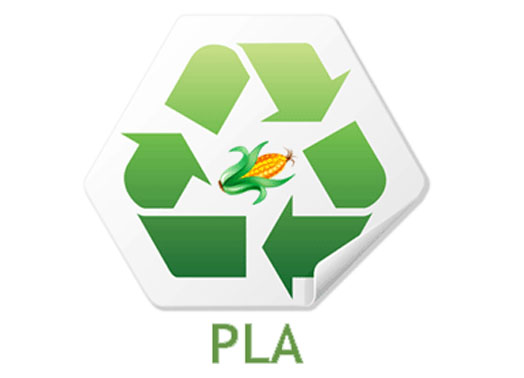
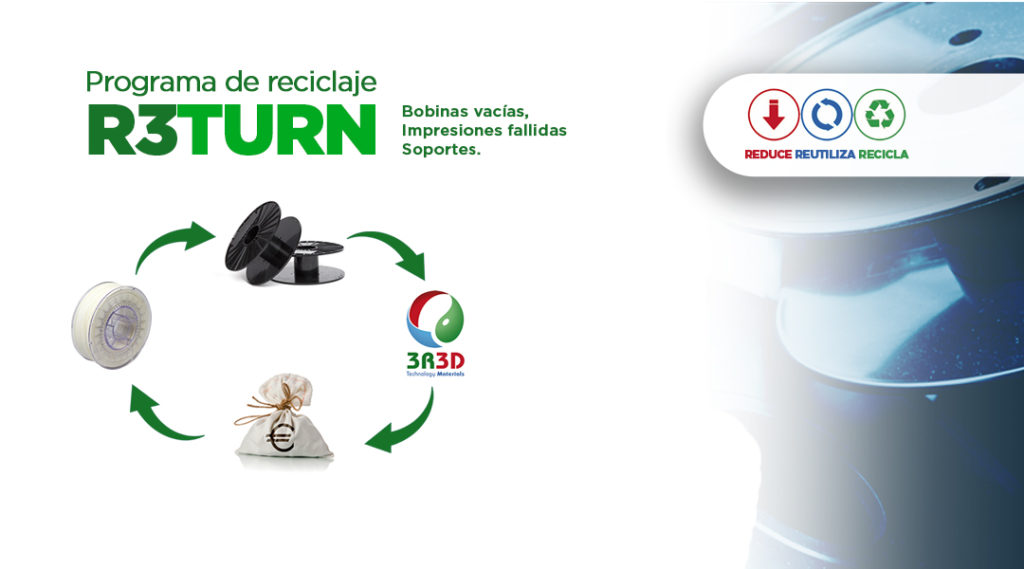
PLA
If you’re depressed by the tetrapak section, you better not read any more. PLA or polylactic acid isn’t as cool as it sounds. I mean, yes it is biodegradable, yes it is plant-based and not petroleum-based, and yes it is better environmentally than other plastics. But you cannot expect throw it away and hav it disintegrate in six months. That won’t happen, believe me.
THIS IS pretty much how it works. Biodegradable, that means that if this PLA ends up in the right composting industry, and with the right conditions, it will disintegrate into particles smaller than 2mm in a period of 6 months. I’ll let you calculate the probability of that happening.
On my side, I have decided to use it to print the objects’ prosthesis and to complement the tetrapak, and I have decided to worry about doing it in the best way I can. It turns out that there are some guys in Irun (Basque Country), who sell recycled PLA, and they accept your used PLA for recycling. So I send them the PLA that no longer serves me, and I have in mind to print most of the pieces with their recycled PLA. I invite you to get to know them 3R3D.
Shipping policy
Ideally, I wouldn’t have to ship internationally anything designed with ecological principles. But on the other hand I want to sell them, and I want to live from this. So I’m trying to get close to the ideal even if I don’t get there.
Concerning withthe energy used for shiping the products, I have not idea how to solve this. Suggestions are accepted.
Concerning with packaging materials, I have come to a conclusion, it is the following one. The packaging that has the less environmental impact is the one that is not created (reduced). Instead of buying ecological boxes, ecological filling, etc. Better reuse waste that has already been created (reuse). You can’t even imagine the amount of cardboard boxes that you can find on the streets if you look for them.
This is not the most esthetic solution, but I hope you will excuse me. Within my possibilities, I will send you your TetraOBJETO or TetraPUZZLE in a reused box, filled with shredded paper from the garbage. And taped with Kraft paper tape.
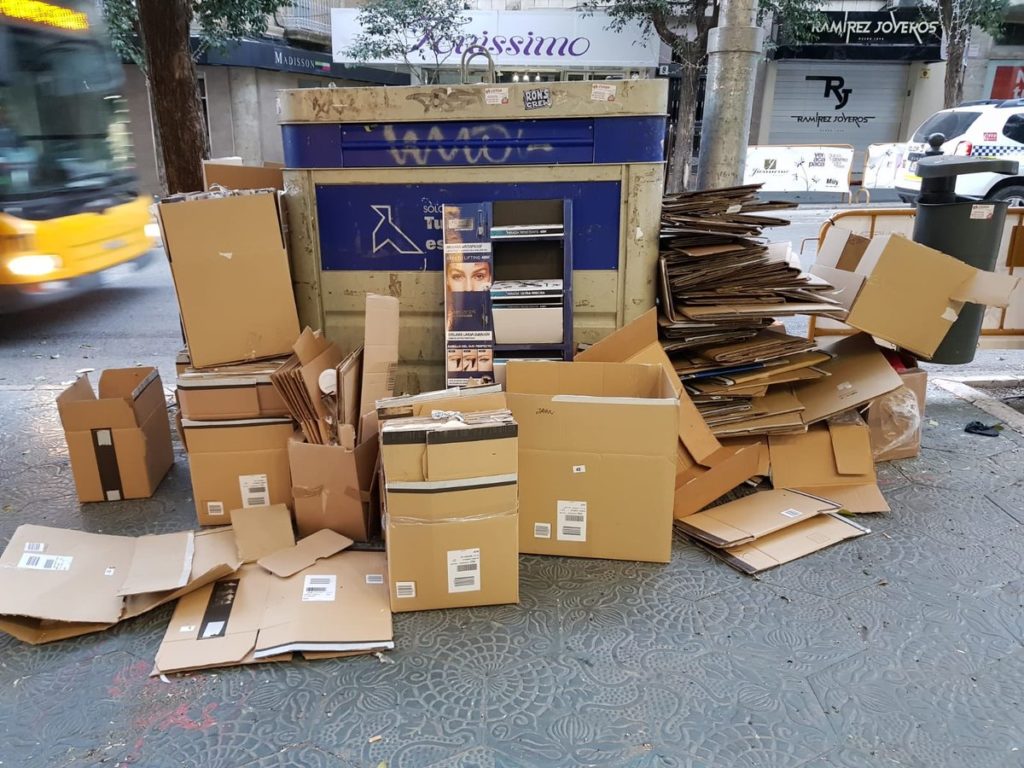
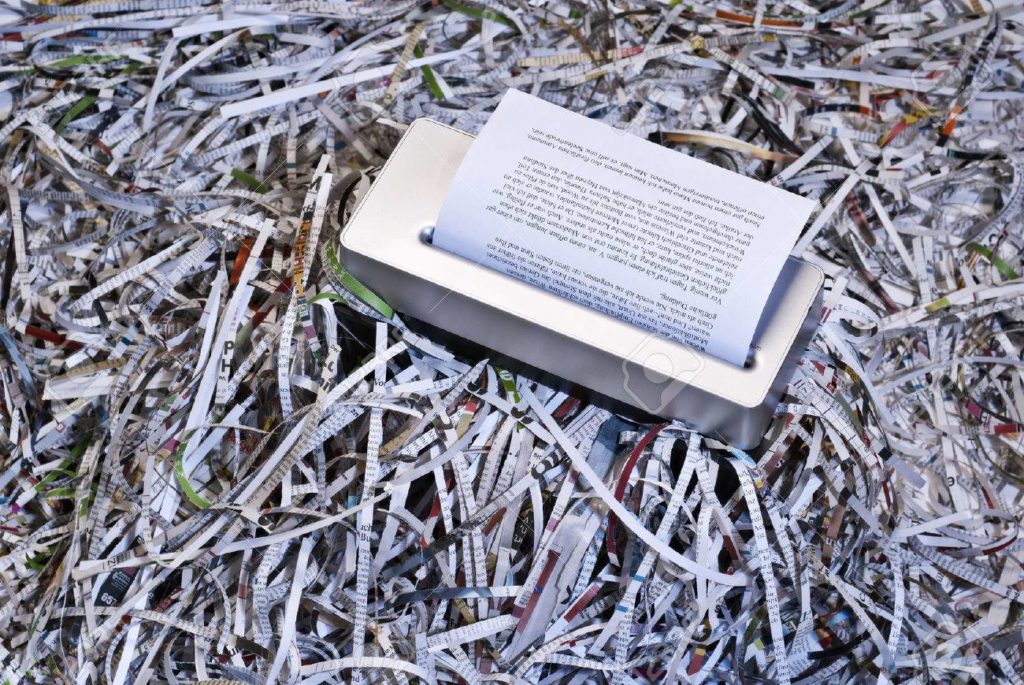
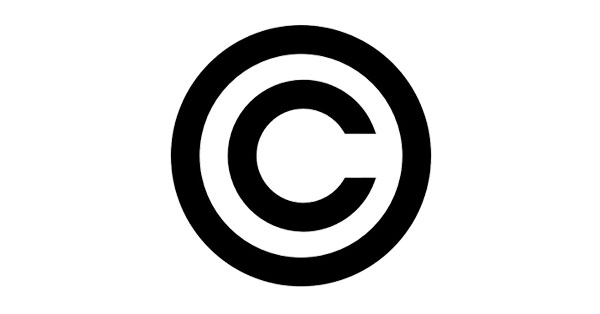
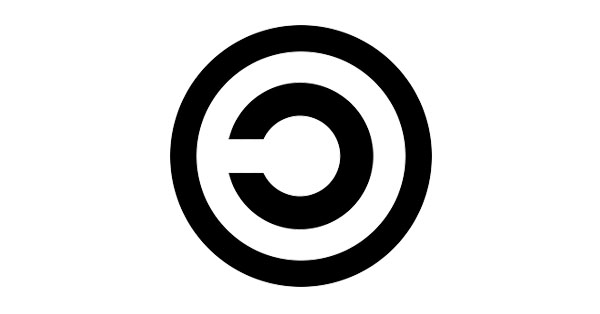
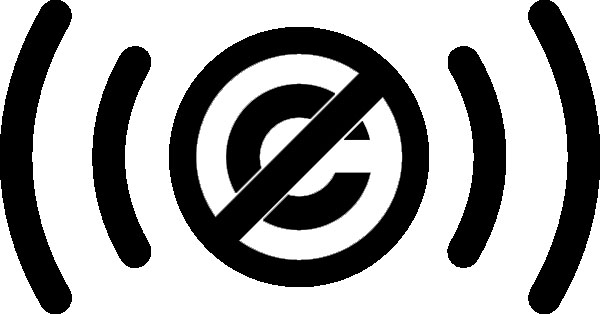
Copyfarleft
I am aware of the limitations of applying intellectual property licenses to designs. Still, for a purpose that is more ideological than legal, I wanted to explore current initiatives in copyright philosophies.
By examining my conscience, I found it unethical to put any kind of obstacle in the possibility of reproduction, interpretation, even commercialization of something that I have designed, thanks and only thanks, to the knowledge that other people have shared. Of course I consider that I have created something new, I would like the appreciation of other people, on the other hand, I think from that recognition to “either mine or nobody’s” there is a long distance.
Within this general certainty, there was only one point that bothered me, and that was the possible lucrative use of my designs by people with greater investment possibilities and with a profit motivation.
When I found the Copyfarleft peer production license it seemed appropriate. The differential point respect to the more popular Copyleft licenses (Creative Commons) is the possibility of specifying the type of commercialization. Peer production specifies that non-capitalist commercialization is allowed, which means that I’m fine with another person’s work to produce and commercialize these designs, but I’m more annoyed that a company makes money from commercializing the designs, employing other people who produce and receive only a part of the profits.
For deeper discussions about surplus value and the angels’ gender, we can meet for a beer.
And for a detailed explanation of intellectual property and options, read this article.
Upcycling
Like in so many other life situations, I discovered the word upcycling long after I knew that what I was doing with the tetrapaks was not recycling them, or reusing them.
It’s called upcycling or suprareciclaje, although in Spanish it sounds awful. I prefer “upcycling” to suprareciclaje.
Apparently, it arises from a need to name a certain reuse of materials or objects in which it is considered that one creates something of higher quality or more useful use than that from which it started. I find the concept useful because it forces one to put it in opposition to its opposite, downcycling. Downcycling is when a recycled material cannot even be used to produce the same object, but must be used to make objects of lesser quality. And when one knows about this division of the general concept of recycling (Upcycling – Recycling – Downcycling) one begins to realize that almost everything we call recycling is downcycling, and that there is very little real recycling. That’s why, if we are going to do something interesting, it is better be upcycling.
Having said that, forget about all this, let’s stop glorying in the third R, and let’s focus on putting the first and second Rs into practice.
More Reduce and Reuse, and less Recycle.
For a proper explanation of all these terms, you can read this article.
